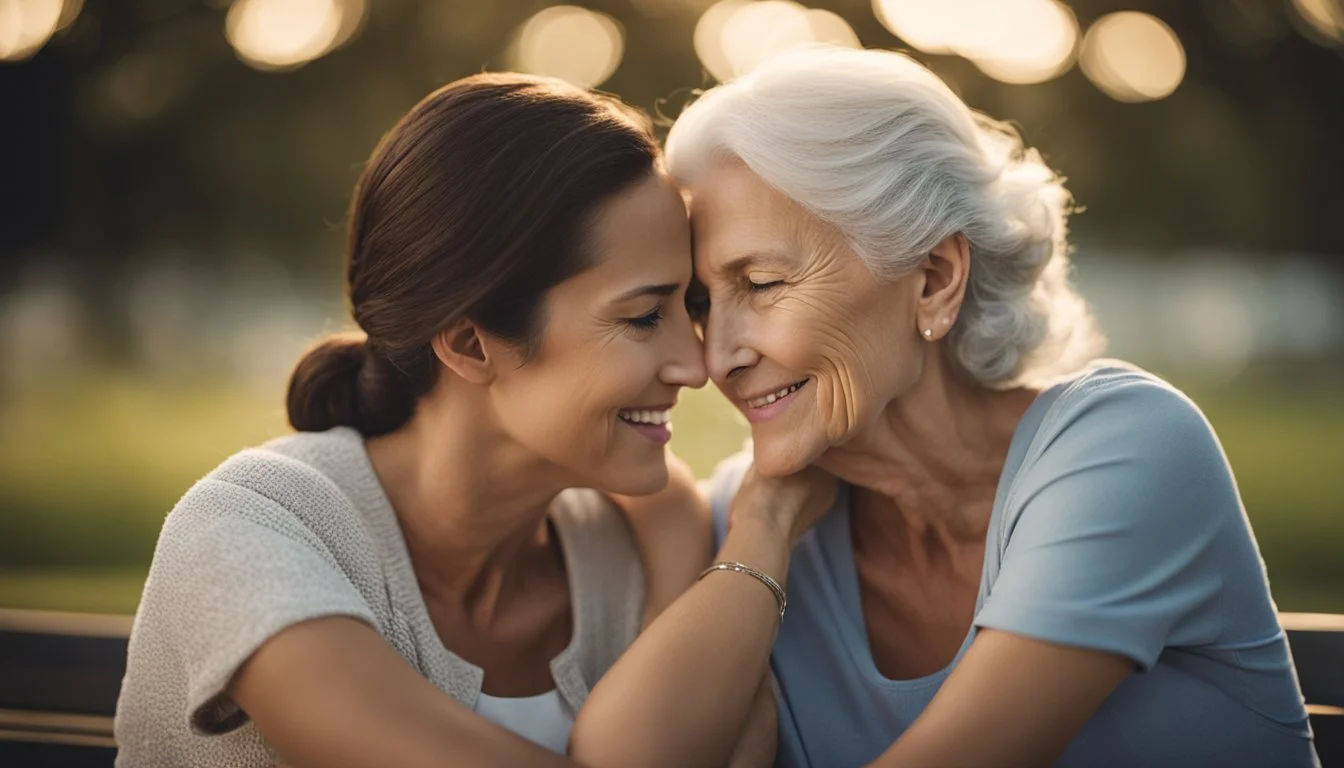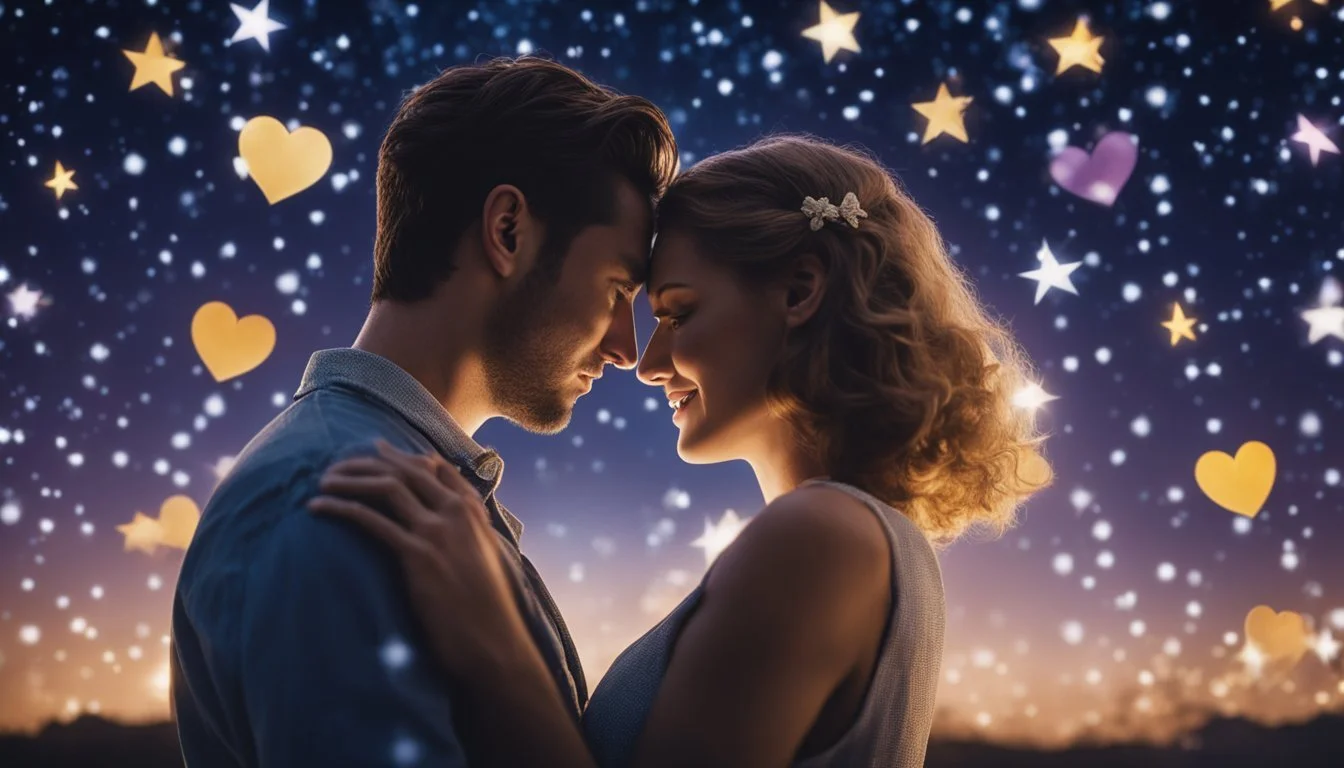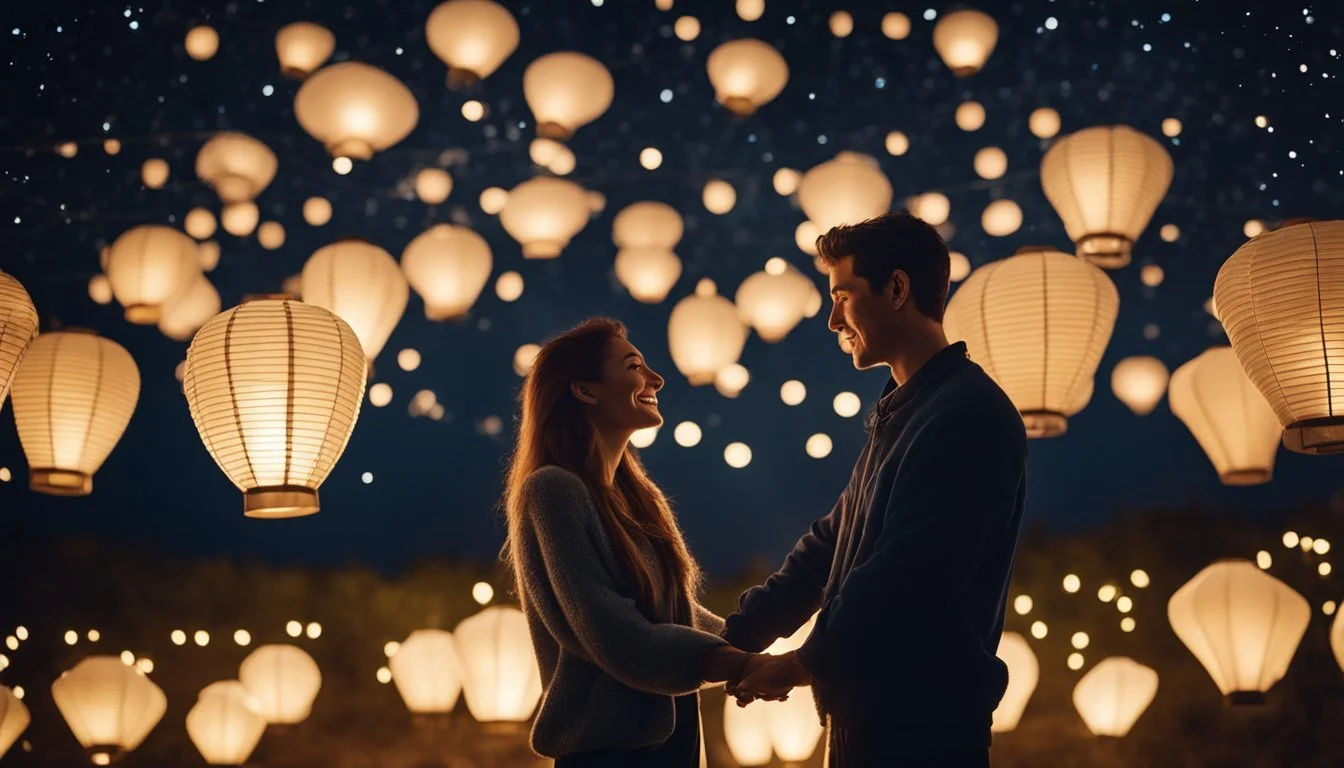6 Documentaries That Showcase Unconventional Love Stories
Redefining Romance on Screen
Documentaries offer unique windows into real-life love stories that often defy convention. These films capture the complexities of human relationships, showcasing how love manifests in unexpected ways and between unlikely individuals.
Unconventional love stories challenge societal norms and expand our understanding of human connection. By exploring diverse relationships through the documentary lens, viewers gain insight into the myriad forms love can take. From cross-cultural romances to relationships that transcend age or ability, these films reveal the power of love to overcome barriers and stereotypes.
1) Loving Annabelle (2006)
Loving Annabelle explores a forbidden romance between a Catholic boarding school teacher and her female student. The film challenges societal norms and examines complex themes of love, power dynamics, and sexuality.
Set in a conservative religious environment, the story follows Simone Bradley, a poetry teacher, as she develops feelings for her charismatic student Annabelle. Their relationship evolves from mentorship to a passionate connection that defies expectations.
Director Katherine Brooks drew inspiration from the 1931 German film Mädchen in Uniform, adapting the premise for a modern audience. The movie garnered attention for its controversial subject matter and nuanced portrayal of same-sex attraction.
Loving Annabelle sparked discussions about ethics in teacher-student relationships and the nature of consent. It also highlighted the challenges faced by LGBTQ+ individuals in restrictive institutional settings.
The film features strong performances by Diane Gaidry as Simone and Erin Kelly as Annabelle. Their on-screen chemistry brings depth and authenticity to the characters' emotional journey.
More information on Loving Annabelle
2) The Way He Looks (2014)
The Way He Looks is a Brazilian coming-of-age drama that offers a unique perspective on young love. The film follows Leonardo, a blind teenager navigating high school and his first romantic experiences.
When a new student named Gabriel arrives, Leo's world expands in unexpected ways. Their friendship blossoms into something deeper, challenging Leo's relationship with his best friend Giovana.
Director Daniel Ribeiro crafts a tender portrayal of teenage emotions and self-discovery. The film explores themes of disability, sexuality, and personal growth with sensitivity and warmth.
The Way He Looks stands out for its authentic depiction of a blind character's experiences. It avoids common stereotypes, instead focusing on Leo's everyday life and desires.
The film garnered critical acclaim for its honest storytelling and strong performances. It won numerous awards, including the Teddy Award at the Berlin International Film Festival.
More information on The Way He Looks
3) Carol (2015)
Carol explores a forbidden romance between two women in 1950s America. Based on Patricia Highsmith's novel "The Price of Salt," the film follows Therese, a young aspiring photographer, and Carol, an older married woman.
Their chance encounter in a department store blossoms into a passionate affair. The film delves into the complexities of their relationship amidst societal expectations and personal struggles.
Cate Blanchett and Rooney Mara deliver nuanced performances as Carol and Therese. Their on-screen chemistry brings depth and authenticity to the characters' emotional journey.
Director Todd Haynes crafts a visually stunning period piece. The film's meticulous attention to detail in costume and set design transports viewers to 1950s New York.
Carol received critical acclaim for its sensitive portrayal of LGBTQ+ themes. It challenges conventional notions of love and highlights the social constraints of its era.
More information on Carol (2015)
4) Blue Is the Warmest Color (2013)
Blue Is the Warmest Color is a French romantic drama that explores the passionate relationship between two young women. The film follows Adèle, a high school student, as she discovers her sexuality and falls in love with Emma, an aspiring artist.
Director Abdellatif Kechiche captures the intensity of first love through intimate cinematography and raw performances. Adèle Exarchopoulos and Léa Seydoux deliver powerful portrayals of the lead characters, bringing depth and authenticity to their roles.
The film gained widespread critical acclaim for its honest depiction of a same-sex relationship. It won the Palme d'Or at the 2013 Cannes Film Festival, with the jury taking the unusual step of awarding the prize to both the director and the lead actresses.
Blue Is the Warmest Color stirred controversy due to its explicit sex scenes. However, many viewers and critics praised the film for its emotional depth and realistic portrayal of a complex romantic relationship.
More information on Blue Is the Warmest Color
5) The Danish Girl (2015)
"The Danish Girl" tells the story of Lili Elbe, one of the first known recipients of gender reassignment surgery. The film explores the relationship between Lili and her wife Gerda Wegener as Lili transitions.
Eddie Redmayne portrays Lili, while Alicia Vikander plays Gerda. Their performances bring depth and nuance to this unconventional love story set in 1920s Copenhagen.
The film depicts Lili's journey of self-discovery and Gerda's unwavering support. It showcases their evolving relationship as they navigate societal expectations and personal challenges.
Director Tom Hooper presents a visually stunning period piece that captures the art world of the time. The cinematography and costume design contribute to the film's immersive atmosphere.
While not a documentary, "The Danish Girl" is based on true events and sheds light on an important historical figure in transgender history. It offers a poignant look at love, identity, and acceptance.
6) Call Me By Your Name (2017)
Call Me By Your Name is a poignant coming-of-age drama set in 1980s Italy. The film follows 17-year-old Elio as he experiences first love with Oliver, a 24-year-old American graduate student staying at his family's villa.
Director Luca Guadagnino crafts an intimate portrayal of awakening desire and self-discovery. The lush Italian countryside serves as a backdrop to the tender relationship that unfolds over a summer.
Timothée Chalamet delivers a breakout performance as Elio, capturing the intensity and vulnerability of adolescent emotions. Armie Hammer's Oliver exudes charm and maturity as the object of Elio's affection.
The film explores themes of identity, sexuality, and the bittersweet nature of fleeting romance. It received widespread critical acclaim for its sensitive handling of LGBTQ+ themes and evocative storytelling.
Call Me By Your Name garnered numerous awards, including an Academy Award for Best Adapted Screenplay. Its emotional resonance and artistic merit have cemented its place as a modern classic in LGBTQ+ cinema.
Exploring Themes of Unconventional Love
Unconventional love stories challenge societal norms and explore diverse relationships. These documentaries examine cultural influences and push boundaries of traditional romantic expectations.
Cultural Impacts on Love
Different cultures shape unique views on love and relationships. Some documentaries highlight cross-cultural romances that defy expectations. These films explore how cultural backgrounds influence partner choices and relationship dynamics.
One example is "Meet the Patels," which follows an Indian-American man navigating family pressures and cultural traditions in his search for love. The film sheds light on arranged marriages and generational differences in approach to relationships.
Other documentaries examine LGBTQ+ relationships in various cultures. These films reveal both challenges and triumphs faced by couples whose love transcends cultural barriers.
Challenging Traditional Norms
Many documentaries focus on relationships that challenge conventional ideas of romance. These films showcase diverse forms of love and connection.
"Her" explores a man's relationship with an AI operating system, questioning the nature of human connection in a technological world. It prompts viewers to consider what defines a "real" relationship.
Age-gap relationships are another common theme. The "Up Series" documentaries track real-life couples over decades, including some with significant age differences. These films demonstrate how unconventional pairings can thrive despite societal judgment.
Some documentaries feature polyamorous relationships or ethical non-monogamy. They present alternative relationship models that prioritize open communication and challenge the idea that love must be exclusive.
Filmmaking Techniques in Love Documentaries
Documentary filmmakers employ unique storytelling approaches and visual aesthetics to capture unconventional love stories. These techniques create intimate portrayals of real-life relationships that resonate with audiences.
Storytelling Approaches
Filmmakers often use a mix of observational footage and interviews to build compelling narratives. They may follow couples over extended periods, capturing key moments in their relationships. Some directors incorporate archival materials like home videos or photographs to provide historical context.
Voiceovers can add depth to the storytelling, allowing subjects to reflect on their experiences. Creative editing techniques help weave together different narrative threads. Some documentaries use reenactments to depict past events or illustrate emotional states.
Non-linear storytelling can be effective for exploring complex relationships. Filmmakers might jump between different time periods or perspectives to reveal new layers of the story.
Visual Aesthetics
Cinematography plays a crucial role in conveying intimacy and emotion. Close-up shots capture subtle facial expressions and gestures, while wide shots establish the environment and context of the relationship.
Lighting choices can set the mood and tone. Soft, warm lighting often creates a sense of intimacy, while harsh lighting might be used to convey tension or conflict.
Color grading enhances the visual storytelling. Muted tones can evoke nostalgia, while vibrant colors may represent passion or joy.
Some filmmakers experiment with different camera formats or techniques. Handheld shots can create a sense of immediacy, while carefully composed static shots might emphasize stability in a relationship.
Music and sound design complement the visuals, heightening emotional impact and guiding the audience's emotional journey through the story.






